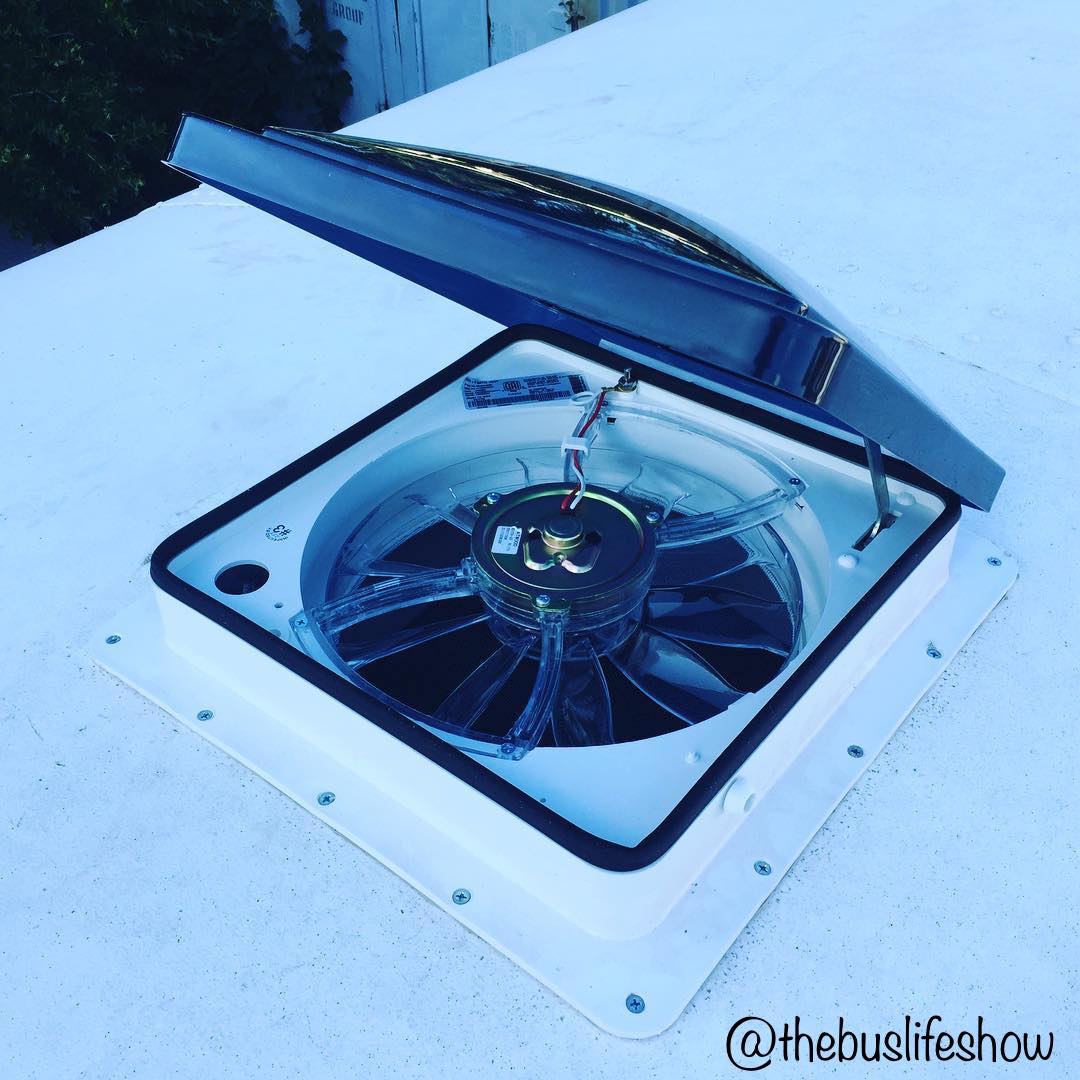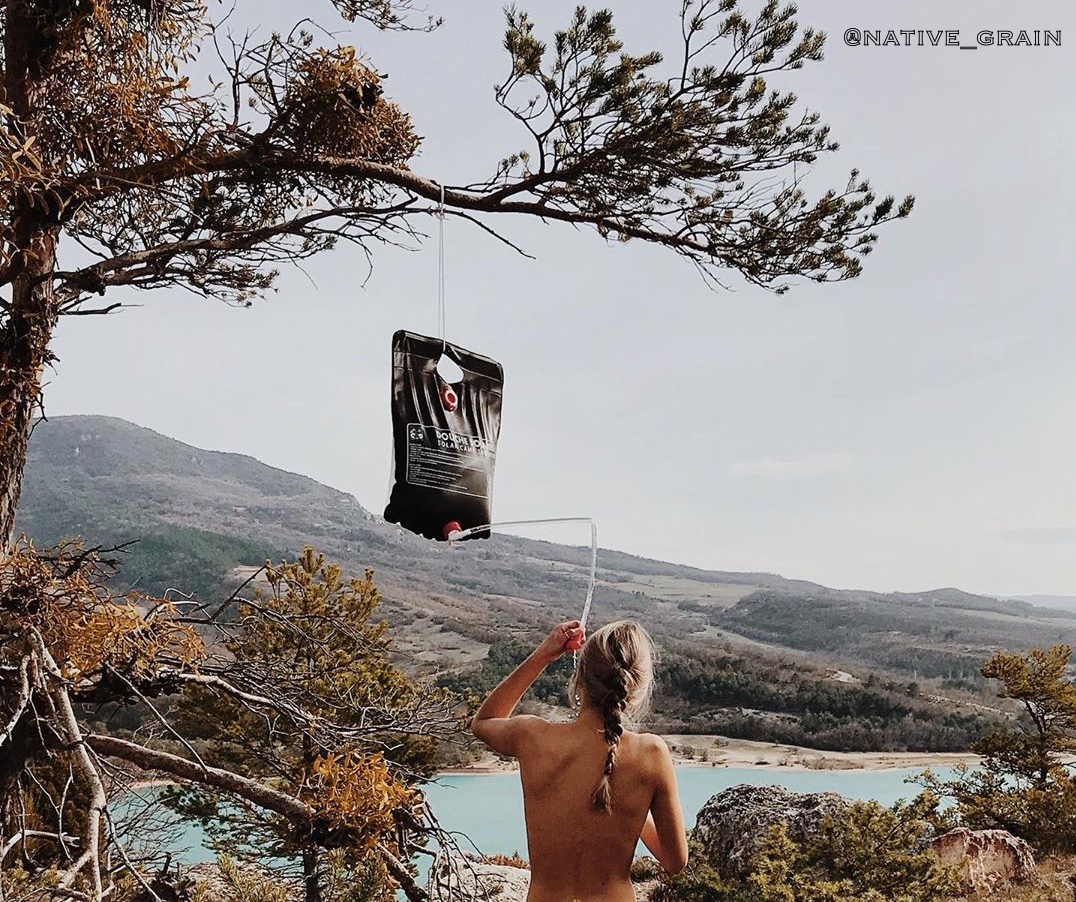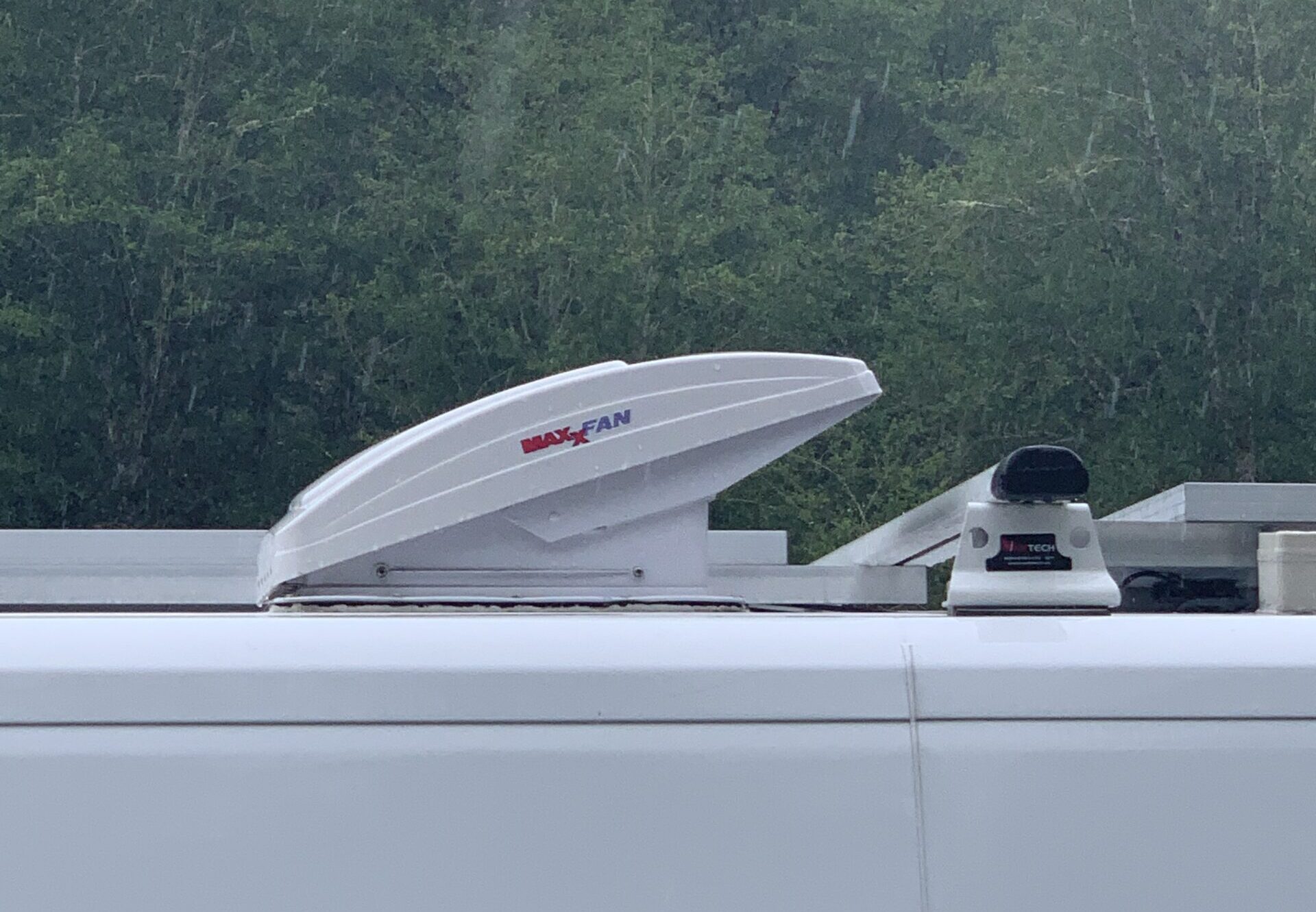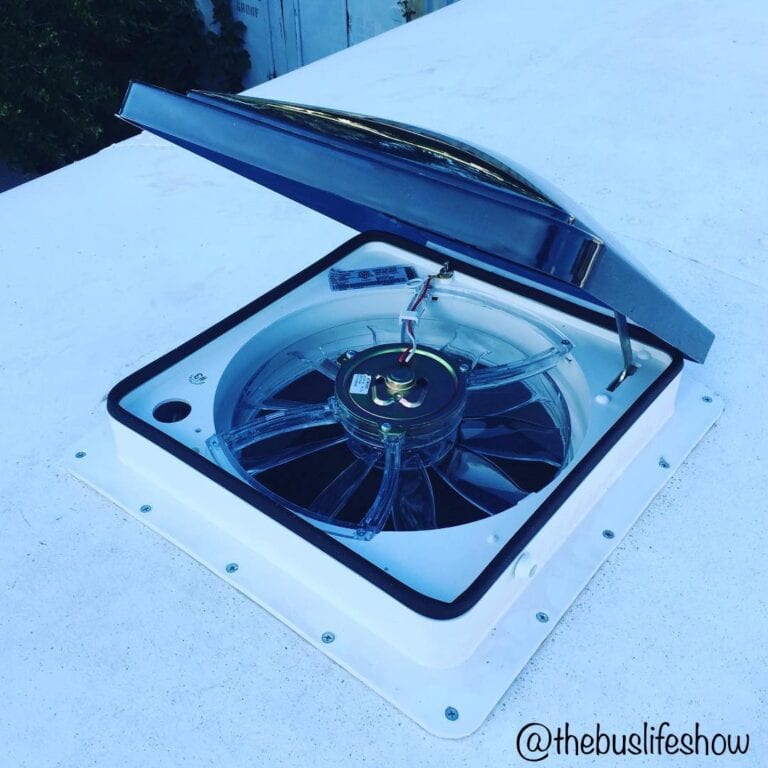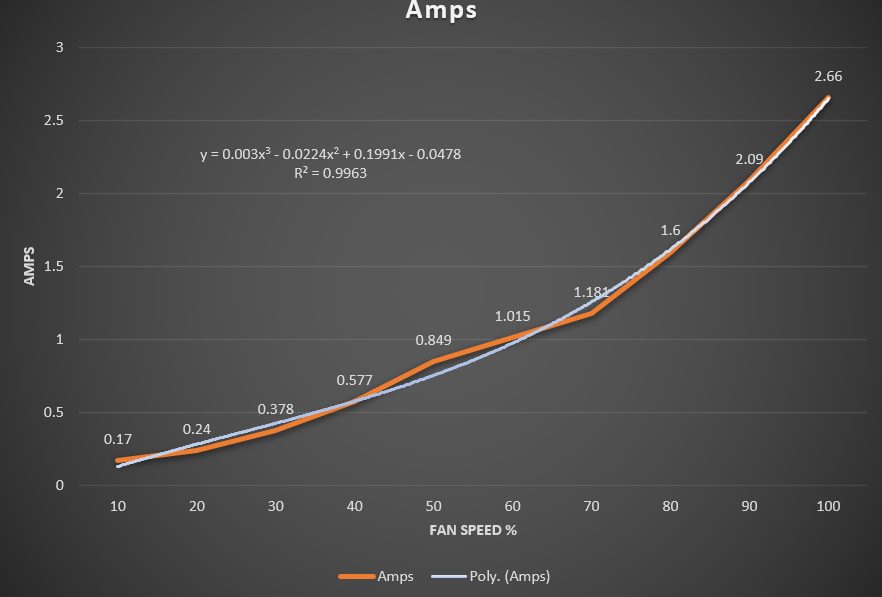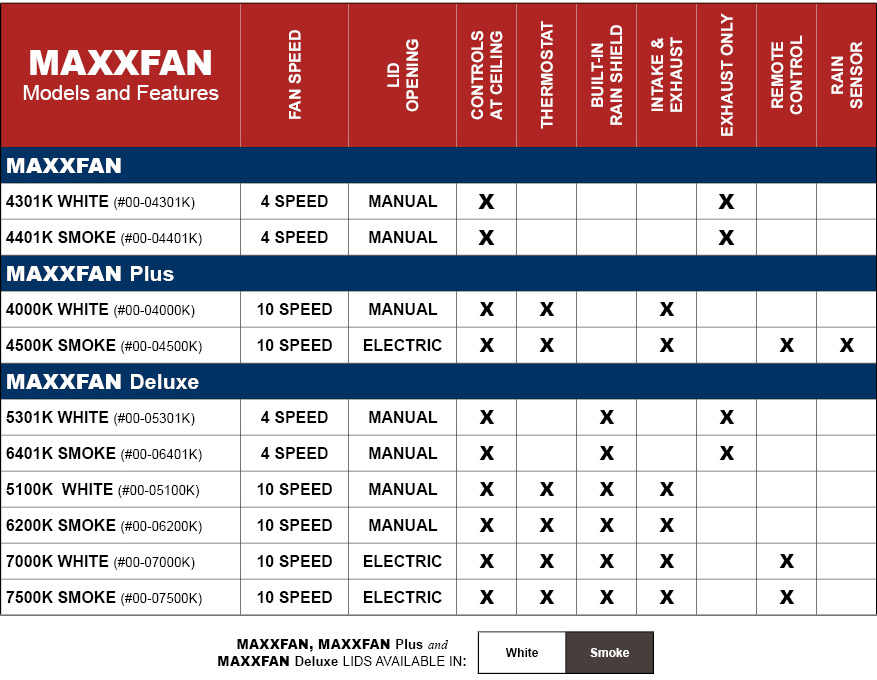This detailed review will cover all of the fantastic fan models, pro’s and con’s, and put the two RV vent fan front-runners in our Fantastic Fan vs Maxxfan matchup.
Sweating in a stinky camper-van or RV sucks.
Do you know what else sucks… but in a good way?
Get your mind out of the gutter!
I’m talking about the Dometic Fantastic Fan.
These roof vents boast a powerful fan to keep you cool and remove stale air from your home on wheels. And Dometic produces many other van life essentials, making them a well-known brand.
There are many different models of the Fan-tastic Fan, but not all are one click away from your doorstep. A lot of the models are OEM, meaning they’re only sold to specific RV or camper van manufacturers. Because of this, I’ll only cover the five Fantastic vent fan models easily available to you and me as well as how they might stack up against their biggest competitor, the Maxxair Maxxfan in our Maxxair vs Fantastic Fan matchup.
Table of Contents
However, if you want to skip over all of our hard work here and go check out the Maxxair Maxxfan review, here it is.
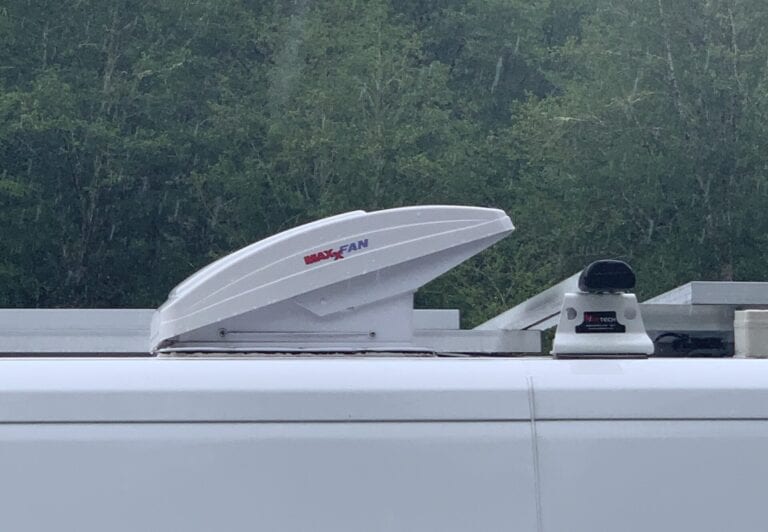
Maxxair Maxxfan Review – All Models (2022)
Fantastic Vent Fan - General Overview
Before getting into each model, let’s talk about the basics that apply to all five of Dometic’s Fantastic Fan models.
- 12v / DC power
- 12 inch, 10-blade fan
- White base
- High profile base
- One crank arm supporting the dome
- Fits standard 14” x 14” rv roof vent opening
- Dome must be open at least 3” to turn on the fan
Let’s move on to the pros and cons.
Fantastic Vent Fan Pro’s
I don’t know about you, but I like to hear the good news first…
All but one of the Fantastic Fans operates as a vent fan (sucking) or a ceiling fan (blowing). Either way, the fans move a lot of air. Because of the translucent dome, the vent fan doubles as a subdued skylight. Additionally, online reviews boast easy installation across the board.
Fantastic Vent Fan Con’s
Now, for the bad news. Many reviews complained about how noisy the Fantastic Fan is, especially at higher speeds. However, this might not be a deal-breaker for you. Only one lift arm supports the dome, making it far less stable in windy conditions and while driving. Also, operating these vent fans while it’s raining is not wise. In other words, keeping the dome open while it’s raining can result in a fried fan motor and soggy interior.
A Quick Look at the FAN-Tastic Vent Fan Features
| Fan Speeds | Reversible Air Flow | Thermostat | Rain Sensor | Automatic Dome Lift | Remote | |
|---|---|---|---|---|---|---|
| Fantastic Fan 1200 Check Price | 3 | No | No | No | No | No |
| Fantastic Fan 1250 Check Price | 3 | Yes | No | No | No | No |
| Fantastic Fan 2250 Check Price | 3 | Yes | Yes | No | No | No |
| Fantastic Fan 3350 Check Price | 3 | Yes | Yes | Yes | Yes | No |
| Fantastic Fan 7350 Check Price | 14 | Yes | Yes | Yes | Yes | Yes |
Fantastic Fan Models
Fantastic Fan 1200
| Dometic Fanstatic Fan 1200 | CFM | Amps |
|---|---|---|
| Low | 478 | 1.86 |
| Med | 653 | 2.29 |
| High | 920 | 3.00 |
Fantastic Fan 1250
As you might have guessed by the model number, this Fan-Tastic Fan is almost the same as Model 1200. The only difference is the 1250 is a vent AND a ceiling fan. With the flip of a handy rocker switch you can go from pulling air out to pushing air in. All other specs are the same as the Model 1200. Anticlimactic, I know.
Don’t worry, it gets better.
Fantastic Fan 2250
Take Model 1250, add a thermostat, and you have the Dometic Fantastic Vent Fan Model 2250. Although it doesn’t sound like much, a thermostat is a game changer. It maintains the temperature in your camper van or RV for you. All you do is select the fan speed and set the temperature control knob. After that, the thermostat does the rest. It monitors ambient temperature and cycles the vent fan on and off to maintain your desired temperature. This is a great feature for when you’re sleeping or if you need to leave pets inside.
Fantastic Fan 3350
This model adds two fancy features onto the 2250.
First, Fantastic Fan 3350 comes with automatic dome open/close switch. Don’t worry there’s still a manual dome-lift knob in case you need it.
Second, the 3350 has a rain sensor! When the rain sensor senses moisture the dome automatically closes and turns off the fan. Thus, the fan motor and your camper van or RV interior are automatically protected from the rain.
However, there is a catch.
When the rain sensor dries out the dome doesn’t reopen automatically. Therefore, the camper fan doesn’t restart automatically either. This can bite you in the butt. For example, let’s say you have the thermostat set to keep your dog cool while you go out for the day. A quick drizzle right after you leave could trigger the rain sensor, turning off and closing the vent fan. As a result, your dog is now stuck in a hot camper van or RV until you return. Not ideal.
If you’re willing to trade a wet interior (and a possible fried Fan-Tastic Fan) for your dog’s life, you can turn the rain sensor off. Additionally, you can use the manual dome lift knob to open the dome after the rain sensor secures the vent fan. This overrides the rain sensor which won’t reactivate until it has dried out.
Fantastic Fan 7350
This model spices things up a bit from the 3350. The Fantastic Fan 7350 has 14 fan speeds instead of a measly three!
Because of the speed variability, the vent fan motor is more efficient. Therefore, it only draws 0.2 amps at the lowest speed and 1.9 amps at the highest speed. For those concerned about power, this is the van roof vent/fan for you!
Another fun feature of the 7350 is the wireless remote. With the remote you have all the controls at your fingertips without having to get up.
However, there are some downsides to the remote. If the batteries die and you have no replacements, you’re shit out of luck when it comes to operating the vent fan. Some users complain about the signal from the remote not always registering with the Fantastic Fan. Additionally, the temperature control units are only in increments of 5°F. While not horrible, you lose the fine tuning of the manual knob. But speaking of manual knobs, the 7350 does still have the manual dome lift knob.
Dometic Fan-Tastic Ultrabreeze Vent Cover
Now, we’ve mentioned before that NONE of these models come with a rain cover and only TWO of them have a rain sensor.
If you want to protect your fan, and your camper van, from the rain, then the Ultra Breeze Vent Cover from Fant-Tastic Vent is your answer. They make the vent cover in white, black, and smoke grey so you can choose whatever color best fits your camper van or RV.
Fantastic Fan VS Maxxfan
There’s definitely two front runners when it comes to campervan and RV vent fans: Fantastic Fan vs Maxxair Maxxfan. People are going to have their own personal opinions on which one they like better, but since we have done a write-up on both, we feel confident enough to compare the two RV vent fans for you.
Maxxair vs Fantastic Fan Round 1
Fan Speed Comparison
Fantastic Vent Fan
All but one of the Fantastic Fans only have 3 speeds (the model 7350 has 14).
Maxxair Maxxfan
3 out of 5 of the Maxxfans have 10 speeds. Two models have only 4 speeds, which is still more than the Fantastic Fan’s 3 speed standard.
CONCLUSION
In our eyes it is considered better to have more speed settings. This allows you to run the fan at a slower, more efficient, speed as well as higher speeds for ULTIMATE COOLNESS. For this reason, we have to say that Maxxfan takes the cake.
Fantastic Fan vs Maxxfan Round 2
Fan Power Draw
Fantastic Vent Fan
According to the Dometic’s Fantastic Fan website, the fan draws 1.86 amps / hr on it’s lowest setting.
Maxxair Maxxfan
Across Maxxair’s 10-speed fans, they draw 2.66 amps while on the highest setting, and only 0.17 amps on the lowest. Wow.
CONCLUSION
It’s obvious here, but the Maxxfan is by-and-far the most efficient out of these two RV vent fans. This is partly due to the fact that Maxxair’s 10-speed settings allow you to operate the fans at a lower, more power efficient, speed.
Fantastic Fan vs Maxxfan Round 3
General Operation
Fantastic Vent Fan
The fantastic fan needs a rain guard in order to be operated in the rain. However, some models do come with a rain sensor which automatically closes the lid when it senses rain.
Maxxair Maxxfan
The majority of the Maxxfans have a built in rain guard that allows operation during the rain.
CONCLUSION
The rain guard might not be a deal breaker for some people. I know many people in sunny-Colorado that went with the Fantastic Fan because it simply doesn’t rain that much.
Maxxair vs Fantastic Fan Round 4
Cost
Fantastic Vent Fan
The most basic Fan-tastic Fan model 1200 is just shy of $150 and their most “luxurious” model 7350 is just over $300.
Maxxair Maxxfan
Maxxfan is a bit more expensive. Their base models usually run around $175 and their top end model can be anywhere between $400 and $500!
CONCLUSION
This is the main reason why Fantastic Vent fan is still a popular choice among vanlifers and RV enthusiasts… the price point. If you are going for a budget build, you can get the Fantastic Fan for a cheaper price than Maxxair. However, if you factor in the cost of the rain guard, they are pretty comparable.
Summary
Despite what the above Fantastic Fan vs Maxxfan comparisons hints at, if you’re looking for a RV fan or van roof vent, a Dometic Fantastic Fan is still a solid choice. They provide great airflow, are simple to use and affordable. On the other hand, if operating your vent fan while it’s raining is a must, or if you want the most energy efficient RV vent fan, you will probably want something like the Maxxair Maxxfan or invest in Dometic’s rain cover.
If you think you might be more interested in reading more about the Maxxair Maxxfan, check out this detailed review for more information.

